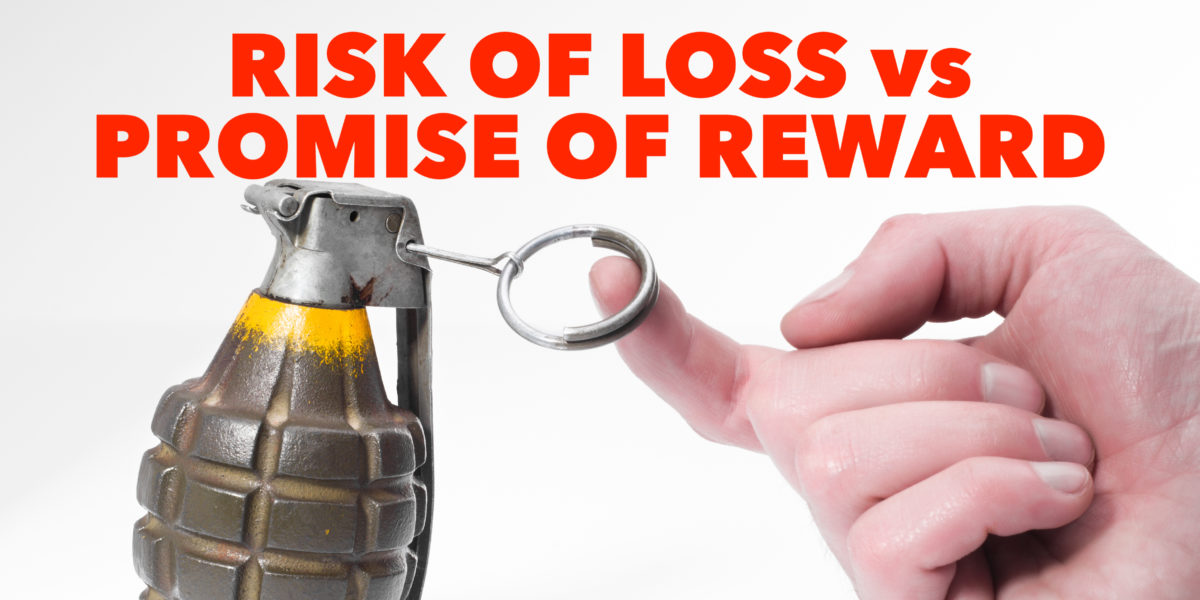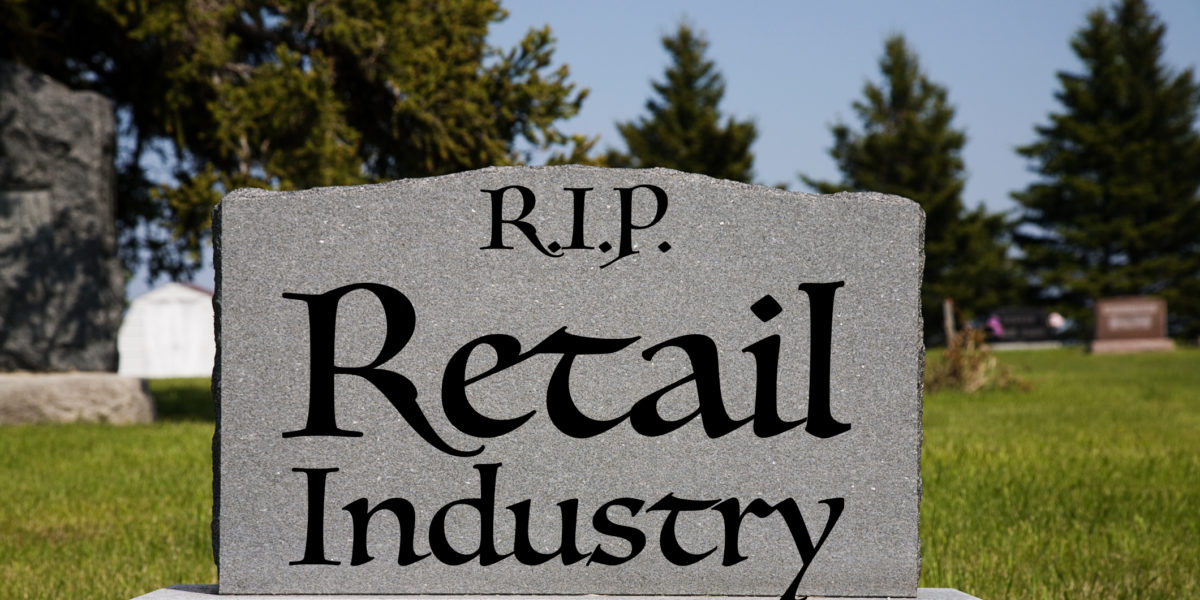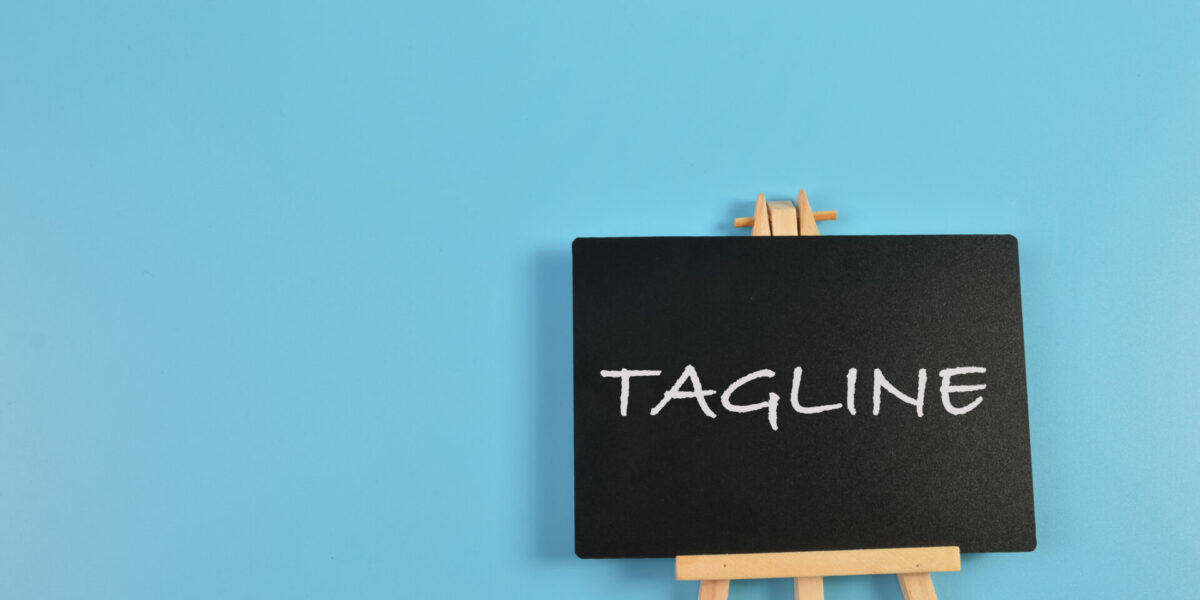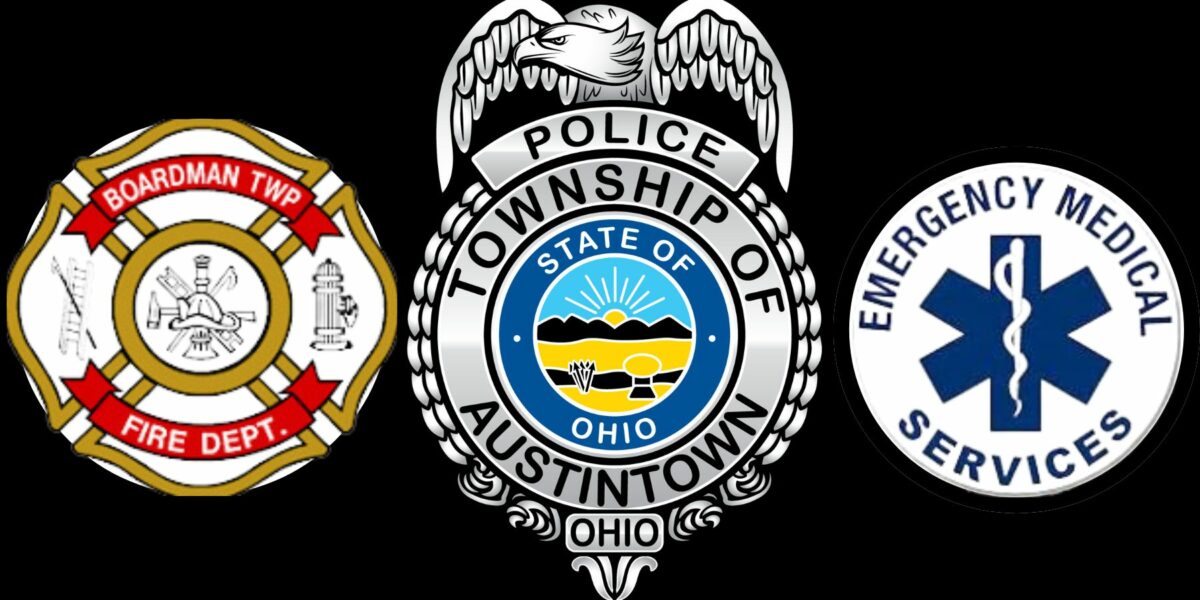The most important marketing lessons are often taught in everyday life.
I learned about the power of risk avoidance from my high school football coach. Halfway through my senior season, our team was undefeated. We were on course for a league championship and state honors.
Yet even though we were the dominant team in the area, our coach had us convinced that we could lose at any moment if we slacked off in our preparations, desire or performance. He asked us to think about how we felt after winning the first few games — and to then imagine how we would feel after a loss. He described how the other teams would rejoice in beating us and how our months of hard work and suffering would be wasted.
If we won the championship and went undefeated, he told us, we could celebrate for the rest of our lives. But a loss? We would regret that for the rest of our lives. A loss was something that had to be avoided at all costs. We could not risk losing by being mentally or physically unprepared.
The risk of losing was a far greater incentive than the reward of winning. It spurred us into action, kept us focused and motivated for every play of every game. We went undefeated, won the championship and the state recognition.
Present The Risk For Better Results
I’m always surprised by how often sales presentations, commercials, and marketing campaigns don’t mention the risk of NOT doing business with a company — the downside of NOT buying the product or service.
Do we think our customers are such snowflakes that we must only mention the positive aspects and rewards they would receive? If the risk of loss is real and a substantial possibility — and it’s ethical to mention it — then you should. Trust me, customers will appreciate it.
If you don’t mention the risks associated with not hiring your firm or buying your product, you’re skipping the most powerful selling points. I never give a presentation without pointing out the risk the prospect is taking if they keep on the current path and don’t take the recommendations we’re making.
Presenting the risk and potential loss is much more powerful than presenting just the reward. Rewards will get you interested, but it’s the risk of loss that moves you to action.
What Moves You?
Look at what motivates you and how you use the money you earn. While you might be an avid investor, most of us aren’t. However, most of us do protect ourselves and our families with insurance. Plenty of insurance — life insurance, car insurance, homeowner’s insurance, business insurance, health insurance.
Why? Because we don’t want to risk the loss of an uninsured home, business or car could bring us. Take a look at your own spending. How much do you spend on insurance (avoiding risk), and how much do you spend on safe investments?
Find The Risk
Before developing your sales pitch, commercials, social media or any part of your marketing campaign, take some time to identify the possible downside prospects will experience if they don’t buy from you. Then point it out in your marketing. You don’t need to be as heavy-handed as a high school football coach. Just ask customers to imagine what would happen or what others have experienced when using an inferior product or service — or none at all.
Point out the risks of not dealing with your organization, and you’ll be rewarded with additional sales.













Comment